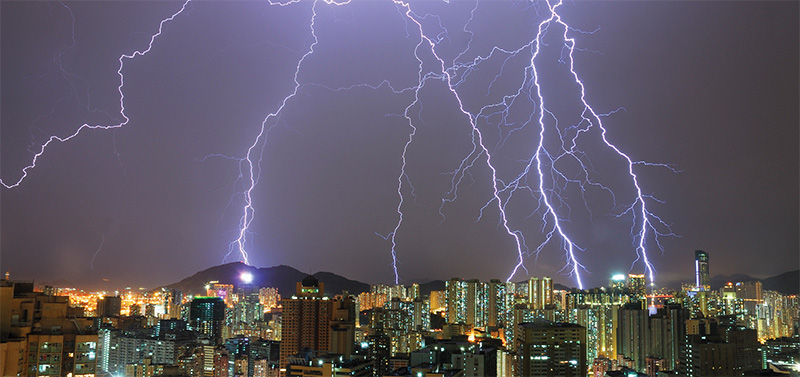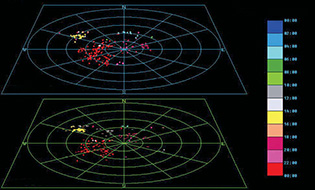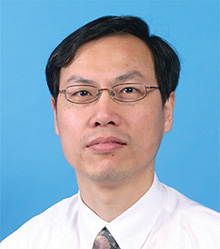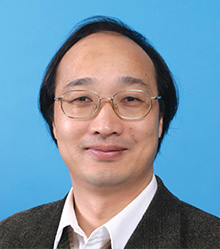
Effective lightning detection measures have been developed at PolyU to help prevent public service interruption.
When lightning strikes, it can do great damage, especially in our electronic age. With global technological development and the widespread use of electrical and electronic devices, equipment damage or malfunction caused by lightning is becoming ever more common in sectors ranging from telecommunications to transportation and construction.
With the ultimate goal of improving the performance of lightning warning and protection systems, a research group led by Prof. Patrick Du Ya-ping and Dr Chen Ming-li at the Department of Building Services Engineering has spent the last 15 years helping to mitigate the harmful effects of lightning on people and equipment. More than 20 of the team’s projects, focusing on the physics of lightning and the electromagnetic environments of grounded structures, have received funding from the Research Grants Council.
For example, the group published two studies on the risk-assessment of lightning formation in IEEE Transactions on Power Delivery and Journal of Geophysical Research: Atmospheres. They also described improvements to the direction-finder technique for lightning warning and protection in an article in Atmospheric Research. More recently, in the Journal of Atmospheric and Solar- Terrestrial Physics, they proposed and validated an improved wave impedance method of locating close-range lightning strokes. This, they said, would “enable people to seek protective measures and to generate useful lightning data”.
The findings of this extensive body of work have had an enormous impact in numerous sectors, most notably telecommunications, transportation and building services. The researchers have been awarded more than 50 consultancy contracts to develop practical solutions to challenges faced by industry partners, helping to significantly improve system resistivity to lightning and other sources of interference.
A key collaboration has been with Huawei Technologies, a leading telecommunications manufacturer, for which the group developed a 3D wirestructure software package for analysing lightning surges. Effective in analysing surging current sharing in the power and signal cables mounted on steel structures, the software was adopted by the company in designing lightning protective measures for radio base stations and telecommunications equipment. The group’s work has also improved the operational reliability of Hong Kong’s electrified railway system by minimising lightning risk and implementing protective measures for power supply, signalling and control systems on many lines.
Their research output has been further transformed into architectural shielding practices introduced to more than 30 large buildings in Hong Kong, Macau, Guangzhou, Manila and Shanghai. ♦



